Simple Steps for Changing Brake Pads: A Confident DIY Guide
Chosen theme: Simple Steps for Changing Brake Pads. Welcome! We’ll walk through a clear, friendly process that turns an intimidating job into a rewarding afternoon—saving money, learning skills, and keeping your ride safe.
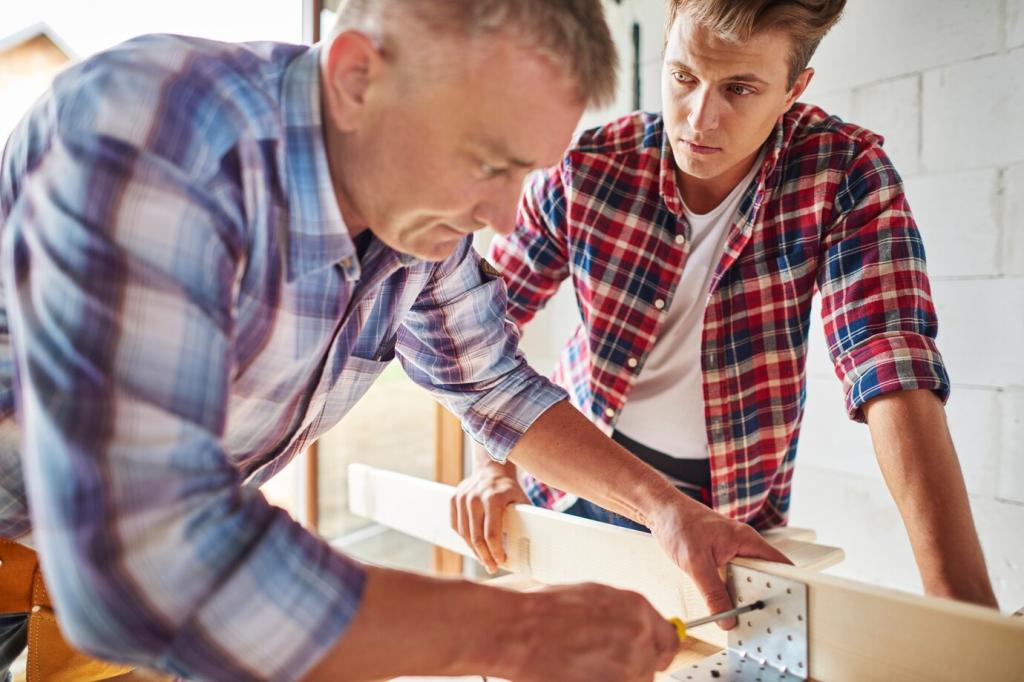
Know Your Brake System and Prepare Safely
Gather the right tools before you start
Collect a jack, sturdy jack stands, a lug wrench, sockets, a torque wrench, a C-clamp or piston tool, brake cleaner, wire brush, gloves, and eye protection. Lay everything out within reach so you stay focused, efficient, and confident from start to finish.
Spot the signs it’s time for new pads
Listen for squeals from wear indicators, watch for warning lights, longer stopping distances, or grinding when braking. Peek through the caliper: if pad material looks thin, it’s time. Share your symptoms in the comments and we’ll help confirm what you’re hearing and feeling.
Follow a quick safety checklist
Work on a flat surface, chock the opposite wheels, and engage the parking brake for the other axle. Loosen lug nuts slightly before lifting, then support the car with jack stands at proper points. Never rely on a jack alone—your safety matters most.
Lift, Loosen, and Remove the Wheel
Consult the owner’s manual for approved jack points and stand placements so you avoid damage. A neighbor once dented a rocker panel by guessing—an expensive lesson. Snap a photo of your manual page and share it if you want extra confirmation from our community.
Lift, Loosen, and Remove the Wheel
Crack the lug nuts loose on the ground, lift the car, then remove them in a star pattern to prevent warping. Keep hardware organized in a tray. If corrosion fights you, a dab of penetrating oil and patience can save threads and frustration.

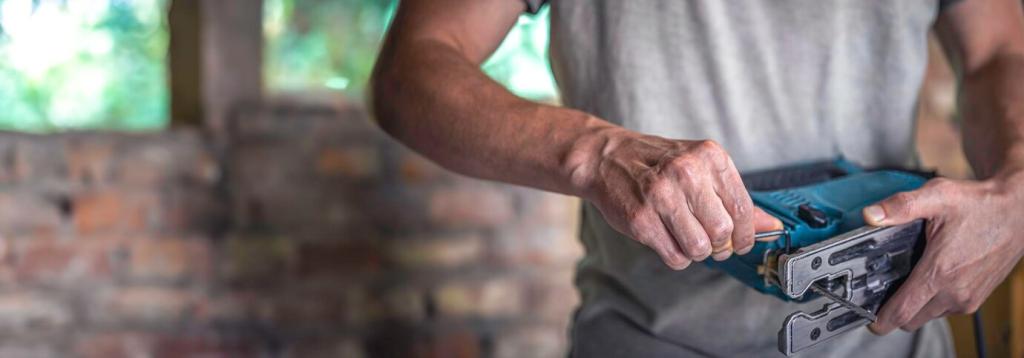
Expose the Caliper and Remove the Old Pads
Use the correct socket to remove caliper guide bolts, then hang the caliper with a hook or wire so it doesn’t strain the hose. Years ago, I saved a friend’s brake line with a coat hanger—simple tricks prevent costly mishaps and needless stress.
Expose the Caliper and Remove the Old Pads
Carefully remove the pads and any clips, noting their orientation. Take a quick photo of clips and shims before they fall out. This tiny habit prevents guesswork later, ensuring the new hardware sits correctly and the pads glide smoothly as designed.

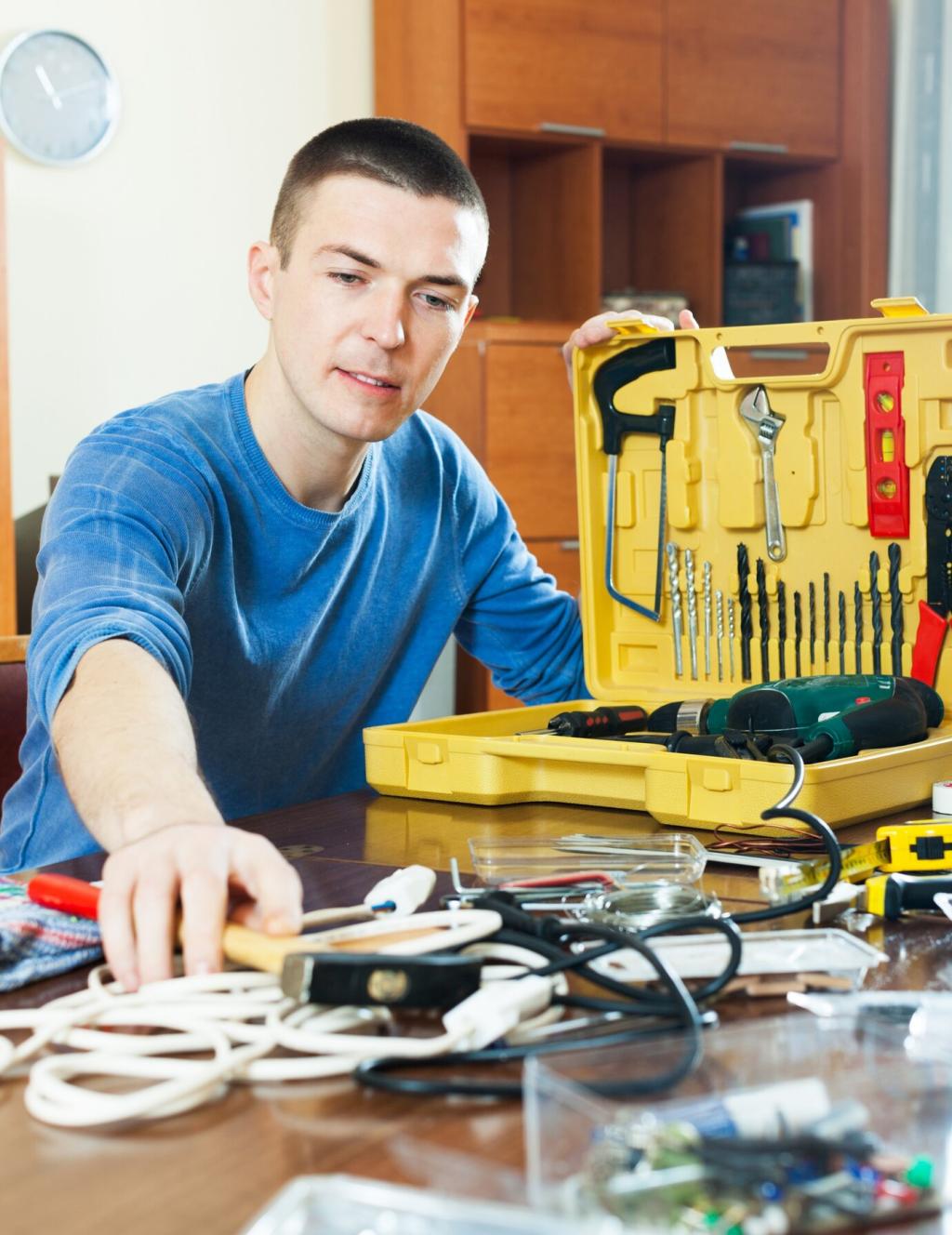
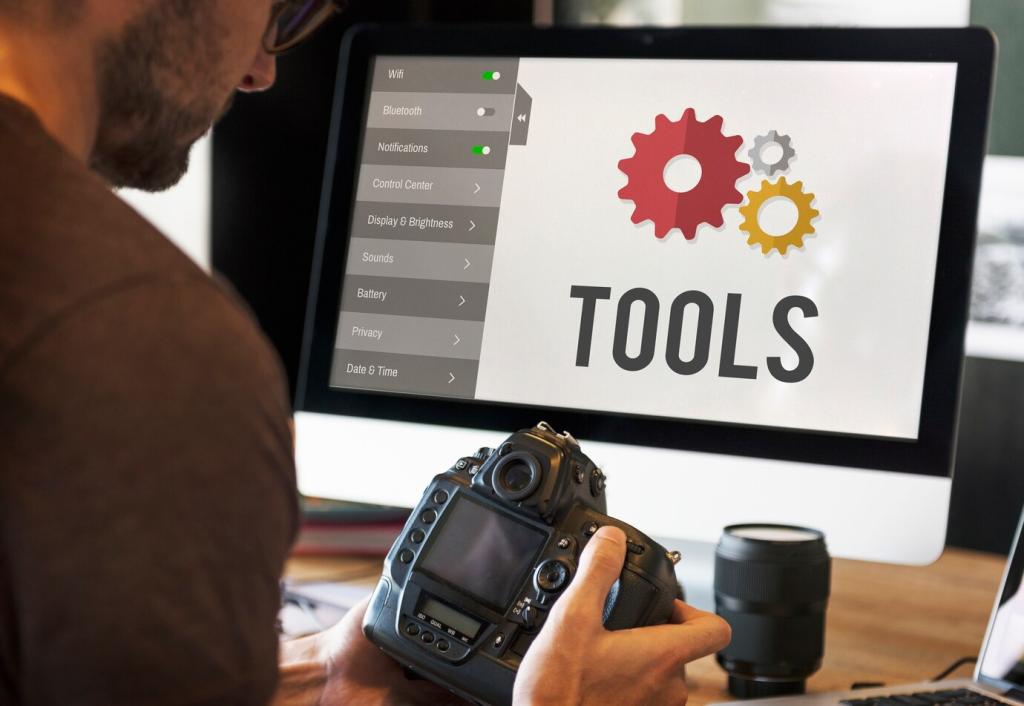



Install caliper and torque to spec
Reposition the caliper over the new pads, align guide pins, and torque bolts to the manufacturer’s specification. If specified, use medium-strength threadlocker. Precision here prevents backing out, binding, or vibration. Share your vehicle model below if you need torque specs verified.

Wheel on, star-pattern torque, and recheck
Hand-thread lug nuts, snug them evenly, then lower the vehicle until the tire just touches and torque in a star pattern. After a short drive, recheck torque. Tell us your torque spec and we’ll build a helpful reference list for fellow readers.
Bed-In New Pads for Smooth, Quiet Stops
Perform six to ten moderate stops from about 60 to 15 mph, allowing brief cooldowns without coming to a complete stop. Then cruise gently for ten minutes to dissipate heat. Share your neighborhood-friendly route ideas so others can bed-in safely without traffic stress.

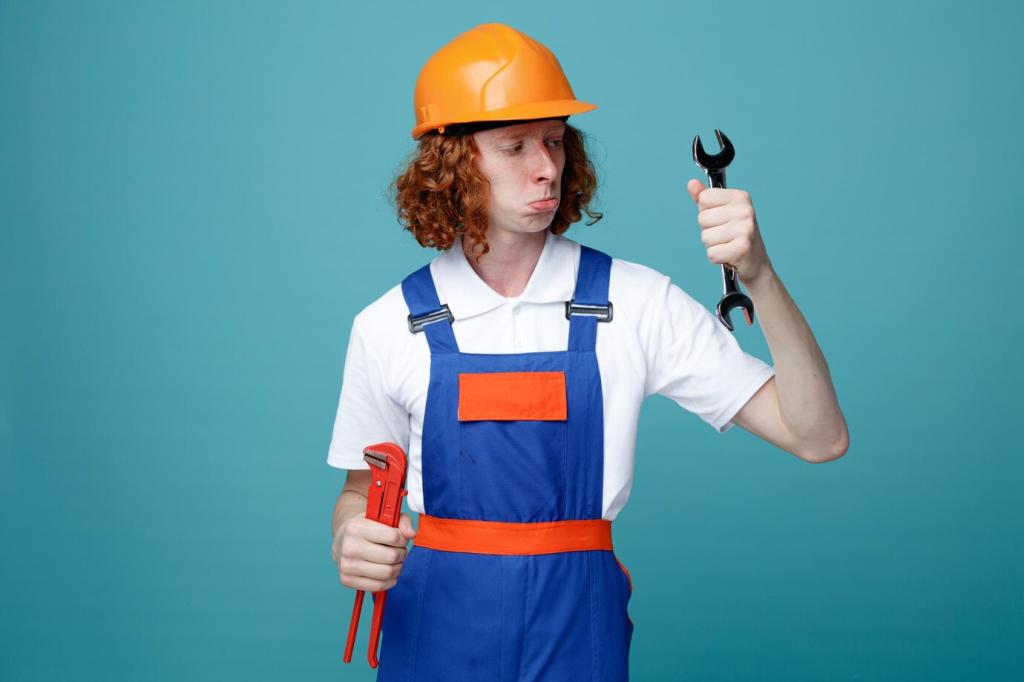
Bed-In New Pads for Smooth, Quiet Stops
Skip hard panic stops at lights and steep hills right after installation. A faint smell is normal as resins cure, but heavy smoke signals overheating. If that happens, pull over, cool down, and resume gently. Comment with your bedding tips and questions.
Troubleshooting and Common Mistakes

Squeaks, squeals, or steering wheel shimmy
Noises can come from missing shims, dry contact points, or contaminated pads. A shim realignment and proper lubrication often fix squeals. Shimmy can indicate uneven torque or rotor issues. Tell us what you hear and feel, and we’ll help pinpoint the culprit.
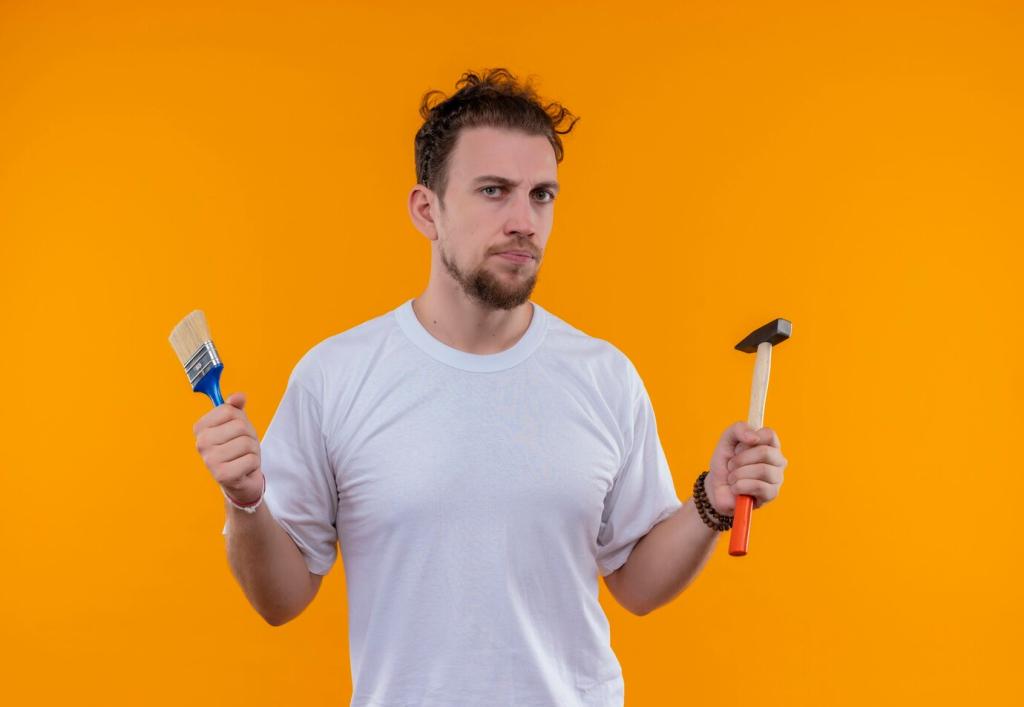
Soft pedal or longer travel after the job
A spongy pedal can mean trapped air or a low fluid level. Bleed in the correct sequence and keep the reservoir topped. Some ABS systems need specific procedures. Share your vehicle year and system type if you want tailored, step-by-step bleeding advice.

Uneven pad wear or pulling to one side
Seized slide pins, sticking calipers, or misaligned hardware often cause uneven wear and pulling. Clean, re-grease, and verify free movement. If one side runs hot, compare both calipers carefully. Post photos of your pads and we’ll help interpret the wear patterns.
